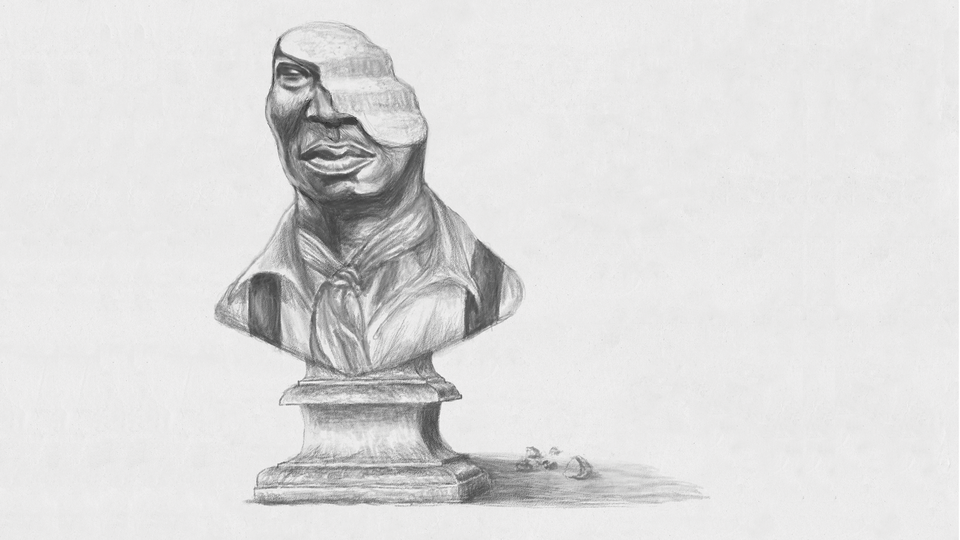
2024-03-12 词
The trope of “the noble good-hearted black man or woman, friendly to whites,” in Appiah’s words, isn’t hard to recognize in Adventures of Huckleberry Finn. Its secondary hero is ennobled by a folksy wisdom and probity so unalloyed as to border on the supernatural. Jim is downtrodden but morally upright and ever ready to help. Published in the United States in 1885, Twain’s novel is a tale of boyish exploits, rich with comedy, that doubles as a tutorial against anti-Black racism. A quick refresher, given that high-school English (where Huckleberry Finn remains one of the most assigned novels in America) may be a dim memory: The plot features the plight of semi-orphaned Huck—who flees home to escape an abusive, whiskey-wet father—and Jim, who has run away from his owner, Miss Watson, after learning that she plans to sell him to slavers in New Orleans. Because the pair disappear at the same time, many assume that Jim has killed the boy; he becomes not merely a runaway slave but also a Black man who has murdered a white child. When Huck and Jim are forced to hide out on Jackson’s Island, they throw in their lot together, developing a father-son relationship as they head off, their raft precarious, down the Mississippi River. Along the way, Huck has a necessary moral awakening as his Black companion teaches him, directly and indirectly, about the evils of prejudice. As for Jim, the “happy slave” gets his happy ending—freedom.
免责声明:本文来自网络公开资料,仅供学习交流,其观点和倾向不代表本站立场。